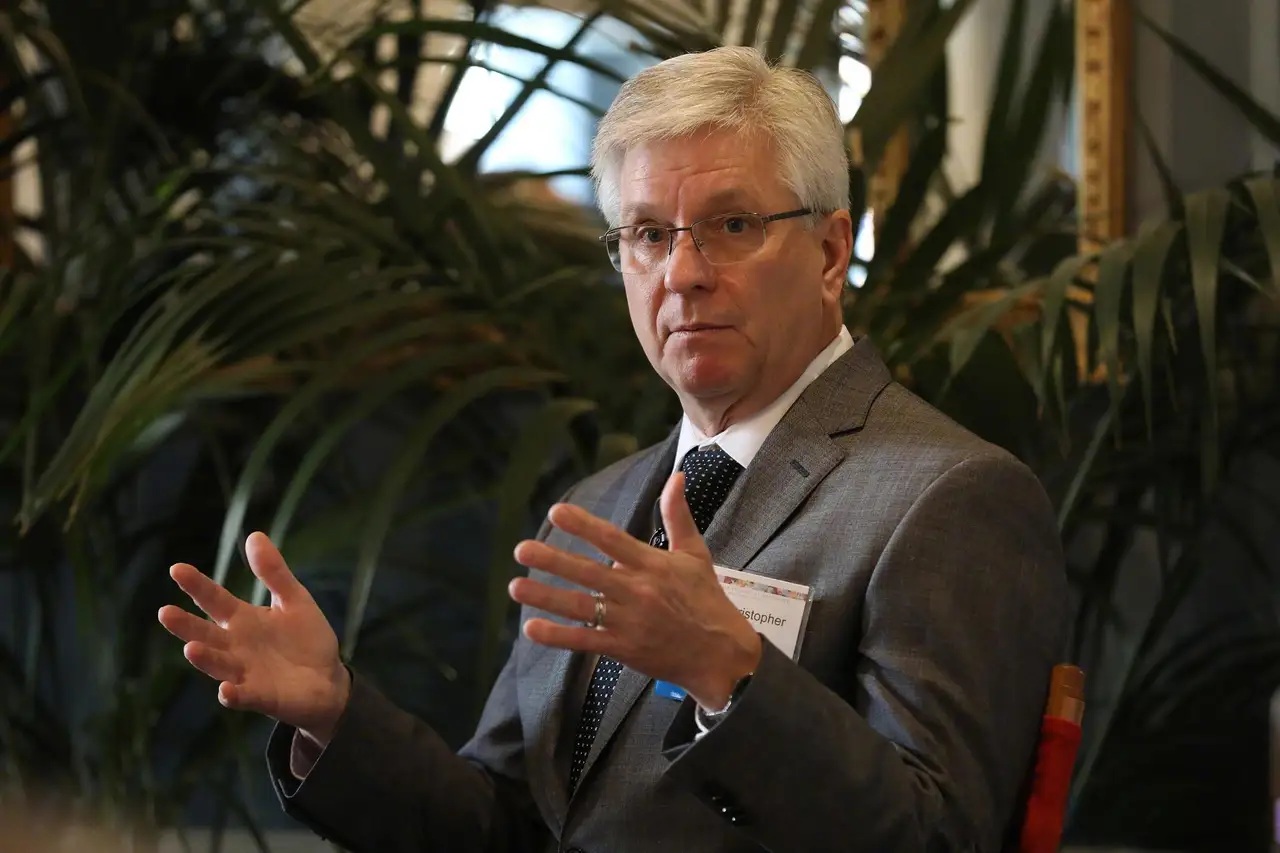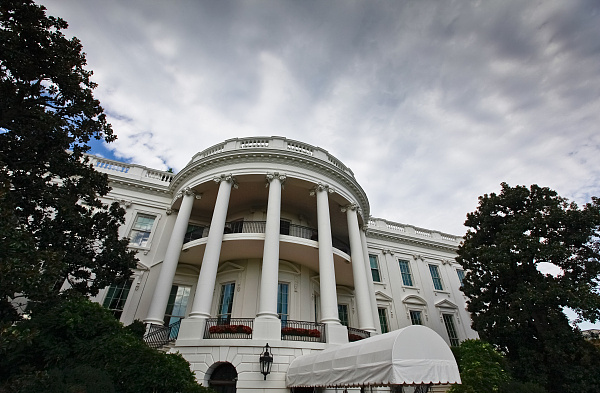
On the chessboard of the global economy, every policy change triggers a chain reaction like a drop. Recently, remarks by Federal Reserve Governor Christopher Waller have added new variables to the economic game. He said that if the tariffs imposed by the Trump administration on US trading partners remain at around 10%, the Federal Reserve may start cutting interest rates in the second half of 2025. This statement is like a giant rock thrown into a calm lake, causing ripples and containing complex economic logic and far-reaching policy considerations.
The tariff policies implemented by the Trump administration have fundamentally changed the external environment and internal structure of the US economy. Since Trump returned to the White House, the United States has frequently wielded the stick of tariffs on its trading partners. The original intention of this measure may have been to protect domestic industries and reduce trade deficits, but the actual effect has been counterproductive. The United States has implemented a base tariff of 10% on dozens of trading partners and imposed a 30% tariff on some Chinese imports, which had previously exceeded 100%. These tariff measures may seem like protection for American industries, but they actually disrupt the stability of the global supply chain and disrupt the normal order of international trade.
The tariff policy has also caused harm to American companies. American companies are in the global industrial chain, and many of them rely on imported raw materials and components for production. Tariffs have significantly increased the production costs of these enterprises and compressed their profit margins. Taking the US automobile manufacturing industry as an example, some key components rely on imports. After the increase of tariffs, the cost of automobile production enterprises increases. In order to maintain profits, they either raise product prices, which will weaken the competitiveness of products in the market; Either cutting costs, such as layoffs, reducing R&D investment, etc., is extremely detrimental to the long-term development of the enterprise.
In this context, the Federal Reserve's expectation of interest rate cuts becomes particularly crucial. If tariffs remain at the level of 10%, the Federal Reserve may cut interest rates in the second half of the year, which has multiple considerations behind it. From the perspective of economic growth, tariff policies have already had a restraining effect on US economic growth. Interest rate cuts can reduce borrowing costs for businesses and individuals, stimulate investment and consumption. Enterprises can borrow at lower interest rates to upgrade equipment and expand production scale, thereby promoting employment and economic growth; Consumers are also more willing to borrow for consumption, such as purchasing large goods such as real estate and cars, which drives the development of related industries. By cutting interest rates, the Federal Reserve is attempting to inject new vitality into the economy and offset the negative impact of tariff policies.
From an inflation perspective, Waller believes that the increase in inflation related to tariffs is temporary. However, continued tariff pressure may make inflation more complex. Interest rate cuts can to some extent alleviate the pressure of rising prices caused by tariffs. When interest rates decrease, the money supply in the market increases, the liquidity of funds increases, and the production and supply capabilities of enterprises are improved, which helps to stabilize prices and prevent inflation from getting out of control. Meanwhile, interest rate cuts are also beneficial for stabilizing financial markets. The tariff policy has triggered turbulence in the global financial market, and the US stock market, bond market, and others have been impacted. Interest rate cuts can send positive signals to the market, enhance investor confidence, stabilize financial market volatility, and avoid systemic financial risks.
Of course, the Fed's decision to cut interest rates is not an isolated event, but is also constrained by the global economic situation. In today's era of global economic integration, the US economy is closely linked to the world economy. If the Federal Reserve cuts interest rates, the US dollar may depreciate, which will affect the global currency market and international trade pattern. Other countries may take corresponding policy measures to cope with the impact of the depreciation of the US dollar, such as adjusting exchange rate policies, raising interest rates, etc., which may trigger further escalation of currency wars and trade frictions worldwide.
The tariff policy of the Trump administration and the possible interest rate cuts by the Federal Reserve together form a complex picture of US economic policy. The negative impact of tariff policies is gradually becoming apparent, and the Federal Reserve's expectation of interest rate cuts is an attempt to repair economic trauma and stabilize the economic situation. This series of policy changes not only has a profound impact on the US economy, but also affects the nerves of the global economy. In the future, it remains to be seen where the US economy will go and whether the Federal Reserve's interest rate cut plan can be implemented smoothly. But it can be certain that on the global economic stage, every policy decision needs to be carefully weighed to avoid triggering greater economic risks.

Below is the English translation of the text, with precise handling of political terms, consistent sentence structures, and preservation of the original’s analytical tone and logical flow:
Below is the English translation of the text, with precise …
On December 15 local time, Trump took the British Broadcast…
In recent years, the application of artificial intelligence…
According to Yahoo US media reports, the recent remarks of …
After 11 years of waiting in the deep sea, we finally have …
On December 17, 2025, the newly renovated American "Preside…